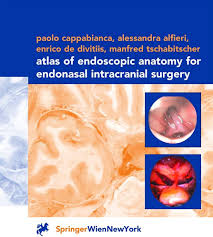

Most ebook files are in PDF format, so you can easily read them using various software such as Foxit Reader or directly on the Google Chrome browser.
Some ebook files are released by publishers in other formats such as .awz, .mobi, .epub, .fb2, etc. You may need to install specific software to read these formats on mobile/PC, such as Calibre.
Please read the tutorial at this link: https://ebookbell.com/faq
We offer FREE conversion to the popular formats you request; however, this may take some time. Therefore, right after payment, please email us, and we will try to provide the service as quickly as possible.
For some exceptional file formats or broken links (if any), please refrain from opening any disputes. Instead, email us first, and we will try to assist within a maximum of 6 hours.
EbookBell Team

0.0
0 reviewsreinforcement are just a few to mention. Endoscopic images will be one of those types of images that surgeons will operate under. Although endoscope has been used in neurosurgical practice for almost a century, its use has been generally confined to the cerebral ventricular system, mainly due to the basic requirement of endoscopy that demands a hollow cavity for an operation. It is only recently that the use of endoscope in neurosurgery has been extended beyond the ventricular system. Rhinologic application of endoscopy into the paranasal sinus had shed a light on endonasal neuroendoscopy when an endonasal surgical corridor can be utilized in neurosurgical practice. It is just the beginning for neurosurgeons in their exploration of surgical ventures through the endonasal route utilizing endoscopic visualization.